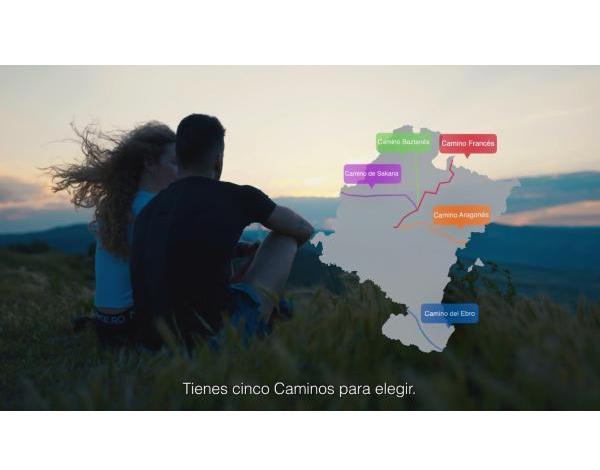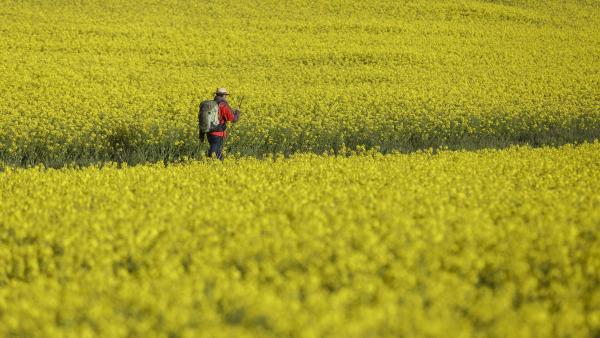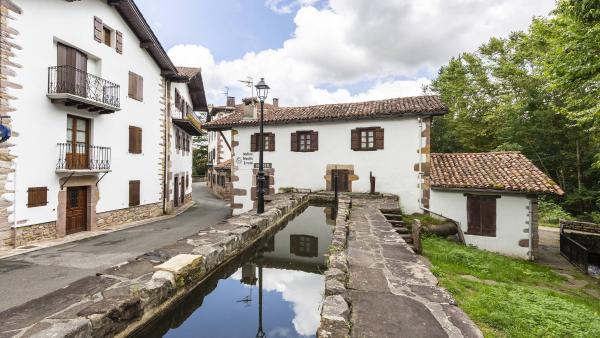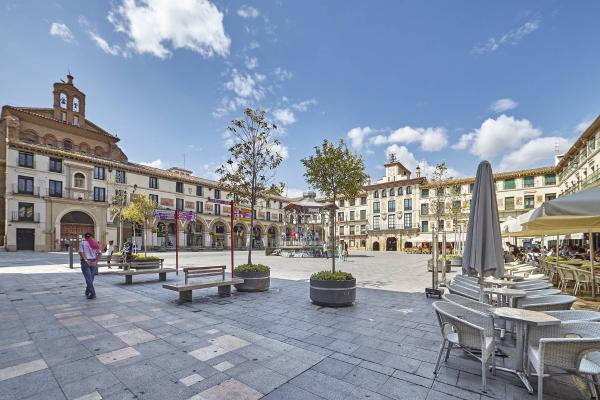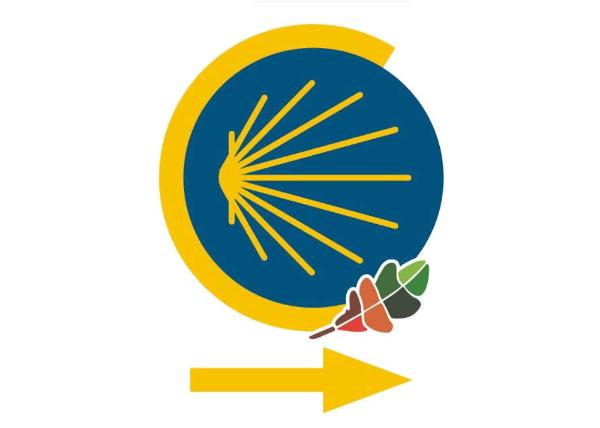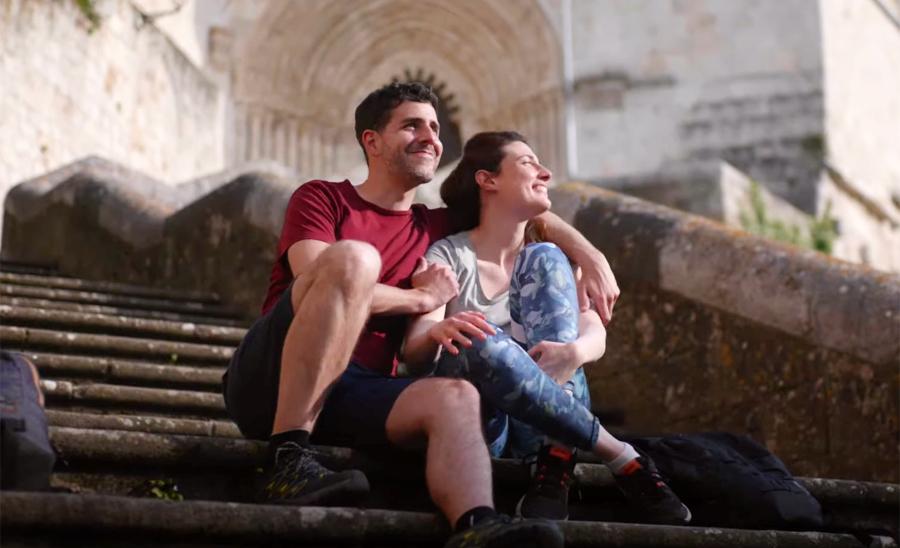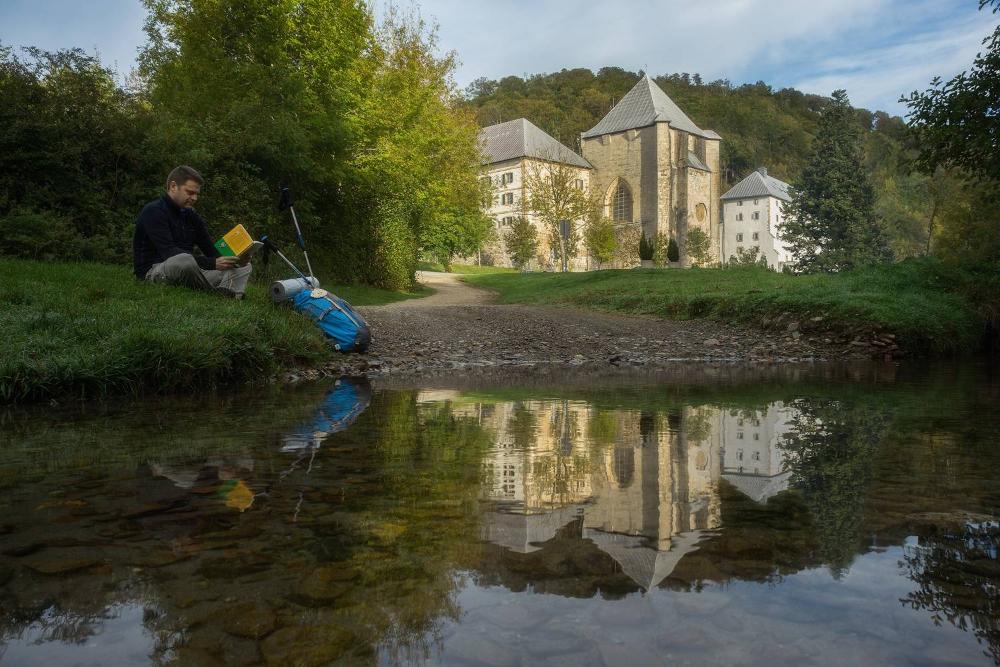
The French Way of St James, the stand-out route
If you want to take the most popular route of them all to discover the Way of St James, then this is the one for you.
How do you want to do “your Way”?
There are many ways to follow it and many ways to look at it. As a challenge of endurance, a way to find yourself, to meet people, to switch off, to fulfil a promise, to venerate the Saint...
Do it as you wish, but the Way is yours.
-
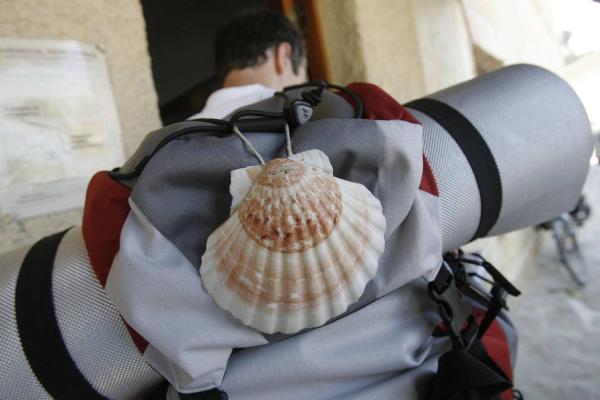 On foot
On foot
On foot
Extensive information about different routes in Spain with the Buen Camino guide.
-
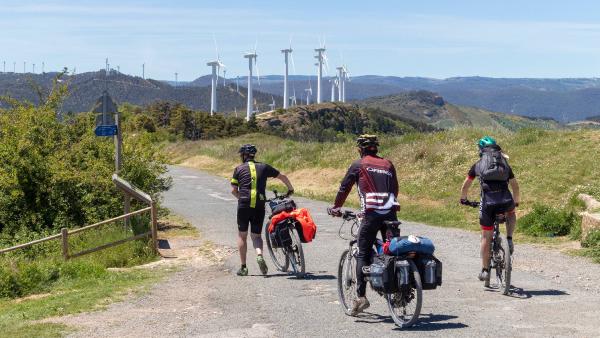 By bike
By bike
By bike
All the practical information you need to do the Way by bike from Bicigrino.
Organise your journey along the Way of St James
The Way of St James is a journey on which nothing should be left to chance if you decide to do it on foot or by bicycle. You don’t need much — on the contrary, the less you take with you, the better —, but it’s absolutely necessary to arrange everything in advance.
Let's start with accommodation:
Accommodation
Use the map below to get information on all the hostels and other types of accommodation on the 5 routes crossing through Navarre.
-
Point of departure
If you decide to take the more traditional French route, you can get to Orreaga/Roncesvalles and Saint-Jean-Pied-de-Port from Pamplona by coach. Another option is to take a taxi from wherever you may be.
Pamplona - Orreaga/Roncesvalles line
Pamplona - St Jean de Pied de Port line
-
Weather forecast
What's the weather going to be like today and tomorrow? Is it going to rain or will it be sunny?
Check here the weather forecast all along the Way of St James in Navarre. -
Luggage forwarding
If you'd rather forget about your backpack during your daily hike or need to send on a package or your bike, there are several companies providing the service, such as Jacotrans, NCS and the Spanish Postal Service.
-
Medical services
If you need medical attention while you’re on the Way of St James, Navarre has an excellent health care system. Find out about it here and learn hoy to use the European Health Insurance Card.
And if you're a woman travelling alone, then check out the following website: www.caminodesantiagolibre.com
-
Credencial and Compostela
If you want to demonstrate your pilgrim status, you have to do two things. First, get a Credencial, or pilgrim’s passport, the document which is stamped each day to show that you’re completing the Way of St James. Second, get your Compostela, or certificate of accomplishment, by using your credencial to prove that you’ve reached Santiago by walking at least 100 kilometres or cycling 200.
-
Waymarks
These are the signs that tell you that you’re on the right path: yellow arrows, the most important signs, because all the branches are marked with them; milestones or markers, which are made of stone or concrete and normally bear the yellow arrow, together with other Way of St James symbols, such as the yellow scallop. There are also traffic signs and information panels to show you the way.
-
Organise your journey along the Way of St James
Park your bike in Pamplona
Sign up for the NBici-Biziz app, available for iPhone and Android, and park your bike at 14 Calle Mayor, Pamplona, in the heart of the city.
-
The accessible Way of St James
This website gives practical information for persons with physical disabilities, the characteristics of the paths, roads and sections, as well as the places to visit, where to eat and sleep along the Way.
-
Organised trips
And if you want someone to organise your trip, there are several agencies that can deal with the details:
Things to do on the Way of St James
Articlesof interest
El Camino Baztanés, la belleza del Camino de Santiago en Navarra
5 routes to get you started on the Way of St James in Navarre
3 Leyendas del Camino de Santiago en Navarra
The additional highlights of the Way of St James
Each pilgrimage comes with its story; each season has its appeal, and each destination holds different pleasures for different people. Navarre can be enjoyed in many ways and offers you activities and experiences to make yours the perfect ‘Way’:
-
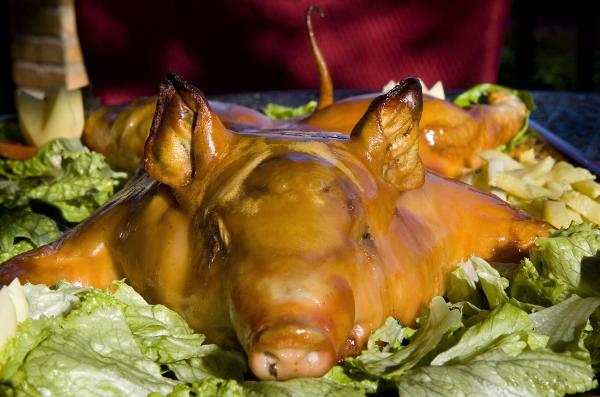 Gastronomy
Gastronomy
Gastronomy
Try some of the pintxos you're bound not to be able to find back home, enjoy a rosé wine when it’s just right for drinking or try some of Navarre’s most authentic dishes. How long is it since you last allowed yourself a treat?
-
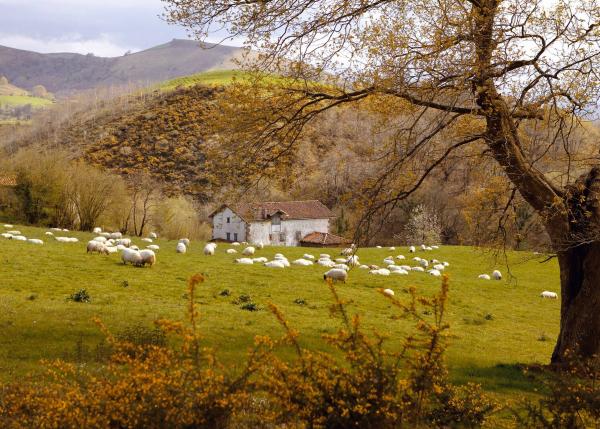 Nature
Nature
Nature
Wander through an ancient beech forest, contemplate the most turquoise river waters you've ever seen or marvel before a vast desert landscape. Navarre has all this and more
-
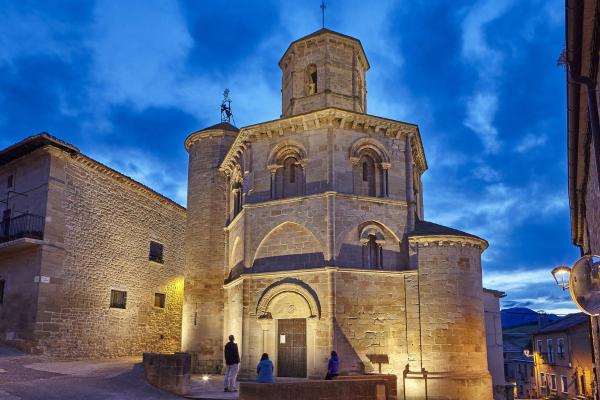 Culture
Culture
Culture
Romanesque architecture abounds in Navarre, with churches, convents, collegiate churches and historical town centres taken straight from mediaeval legends. Discovering the personality of Navarre means discovering its history. And it’s anything but boring.
The gate to the Way of St James is open to you:
Enter through Navarre. Make your own Way



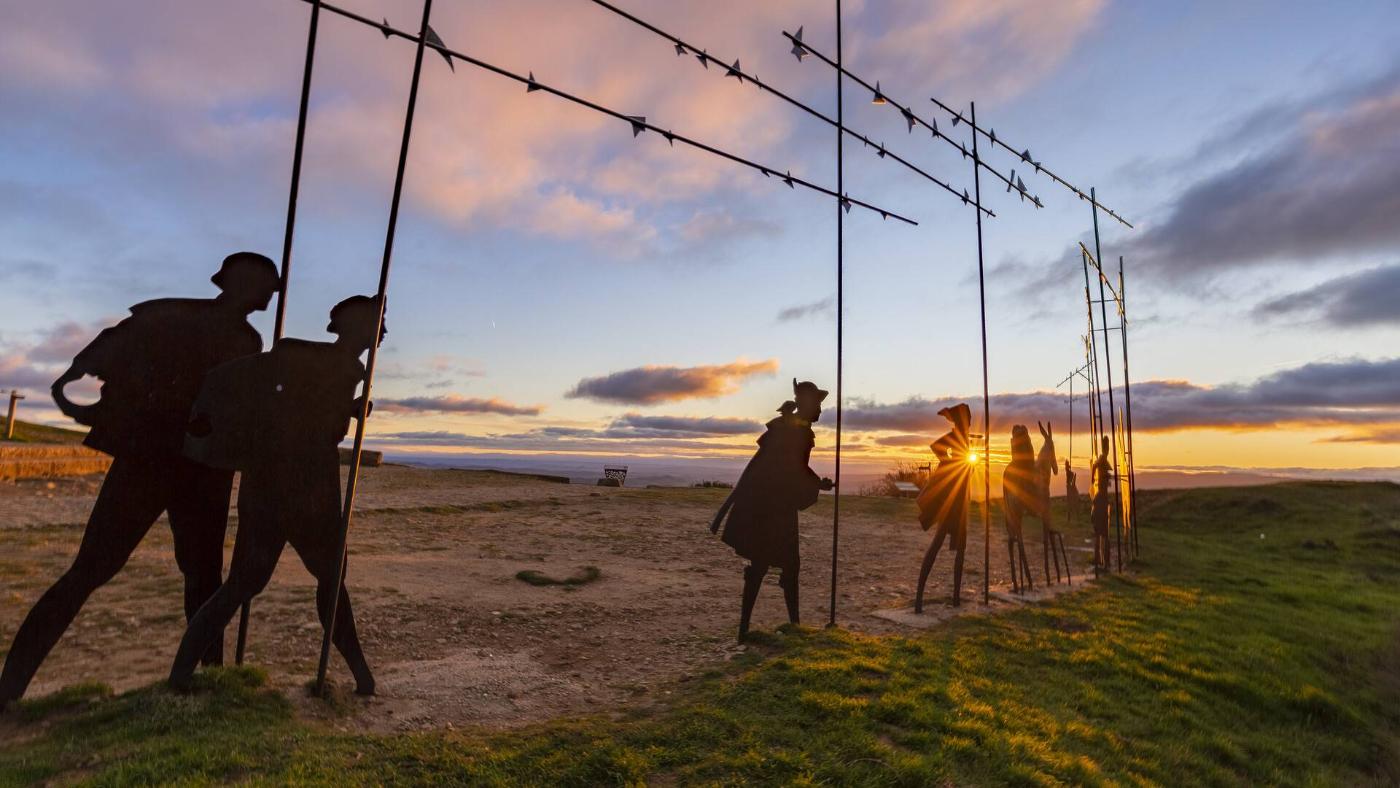.jpg)

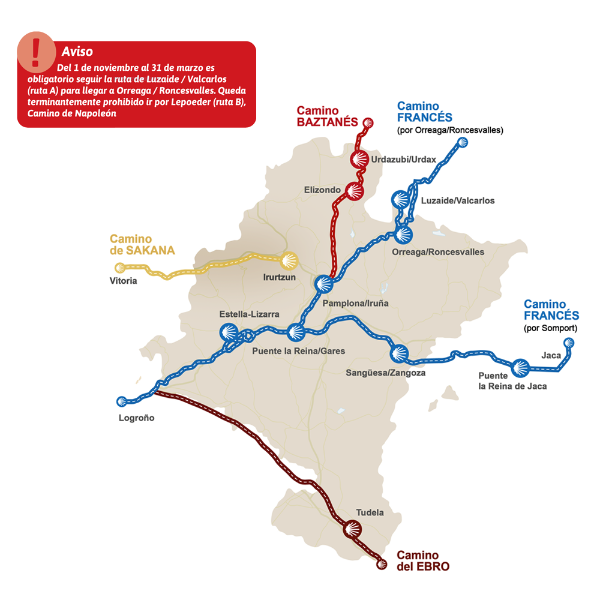.png)
